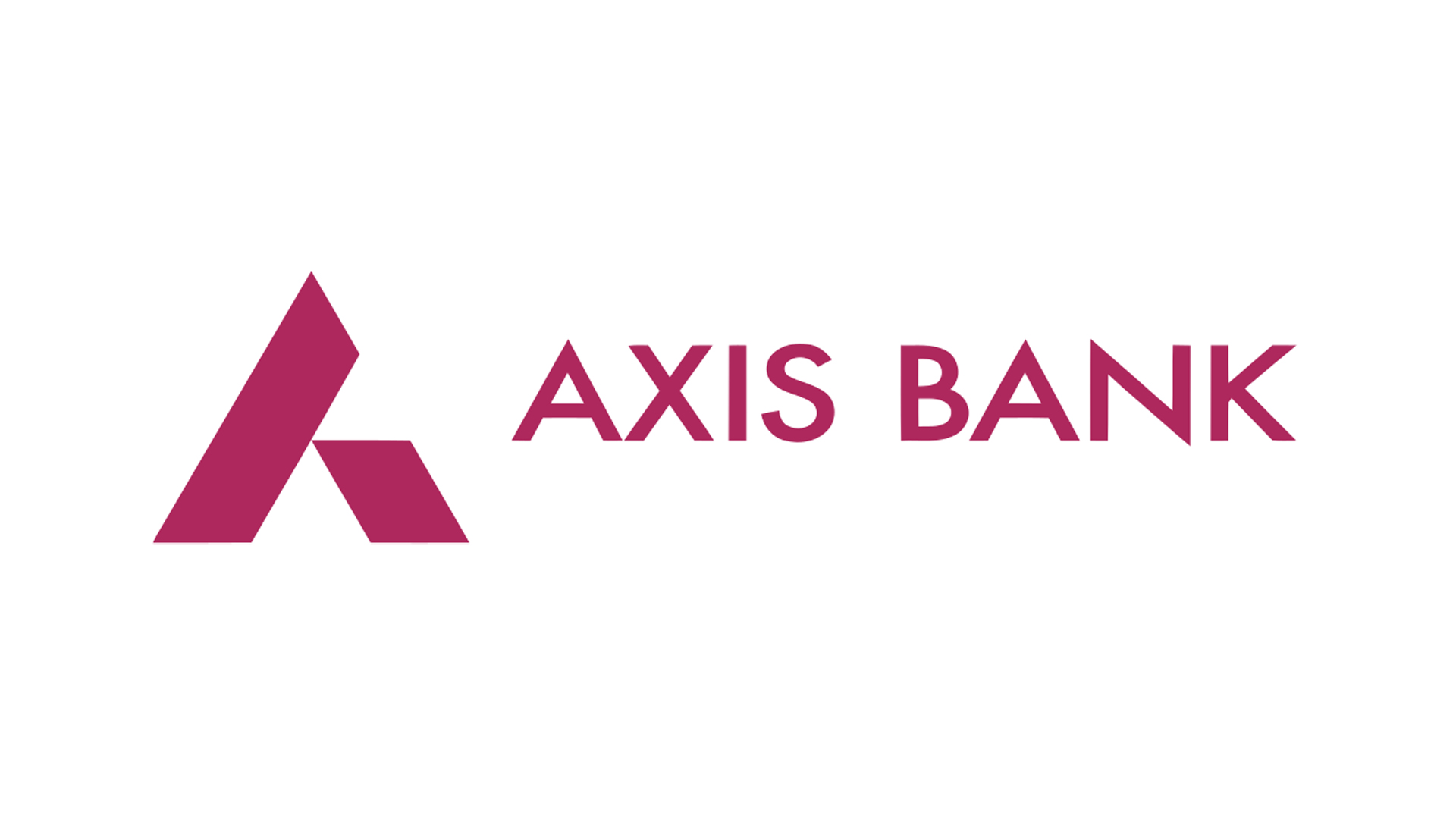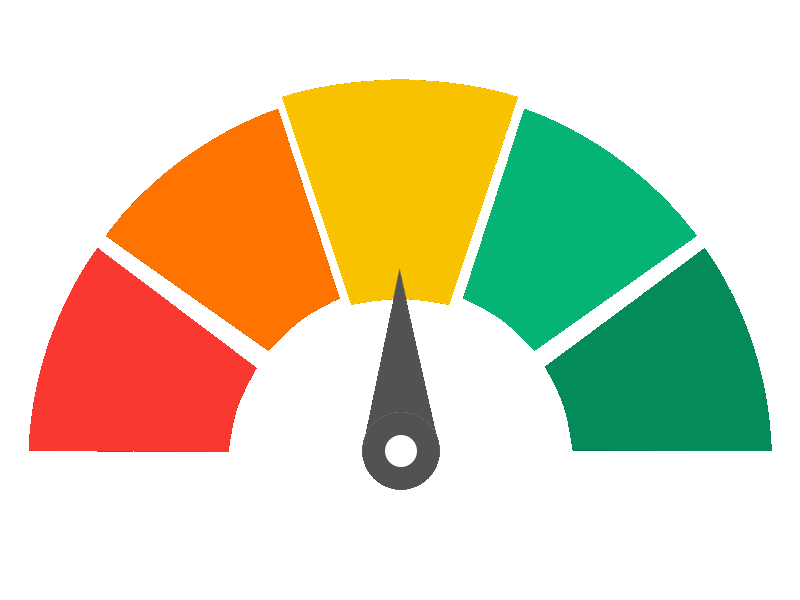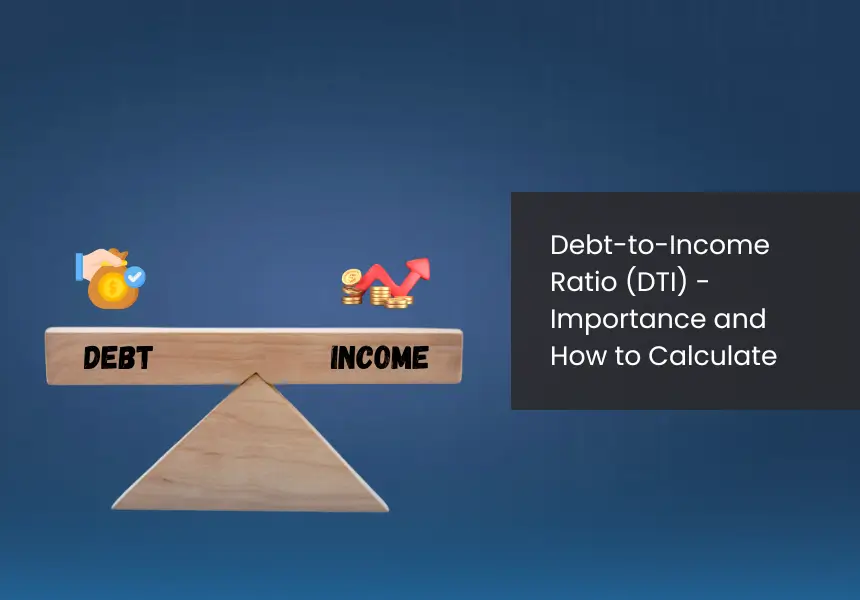Personal loans have emerged as one of the most convenient and flexible forms of credit available to individuals today. Whether it’s to fund a medical emergency, consolidate debt, finance a dream wedding, or cover a large purchase, personal loans offer quick access to funds without the need to pledge assets as collateral. What makes them especially appealing is the ease of application, fast approval, and minimal documentation requirements.
As we move through 2025, the personal lending ecosystem in India continues to evolve. The interest rates on personal loans are not only a reflection of an individual’s creditworthiness but are also shaped by broader economic dynamics such as inflation, monetary policy decisions by the Reserve Bank of India (RBI), and the financial health of lending institutions. With an increasingly digital approach to banking, many private and public sector banks, as well as non-banking financial companies (NBFCs), offer competitive and tailored loan products.
However, understanding what constitutes a competitive interest rate in 2025 requires awareness of both macroeconomic trends and personal financial factors. This article provides a comprehensive look at current personal loan interest rates across major Indian banks, examines the key determinants influencing these rates, and equips readers with strategies to secure the best possible terms for their borrowing needs.
Whether you’re a salaried employee, self-employed, or someone exploring credit options for the first time, this guide will help you navigate the intricacies of personal loan interest rates in 2025—ensuring you make informed and financially sound decisions.
Key Takeaways
- Interest Rates: Personal loan interest rates in India range from 10.30% to 31.00% per annum, depending on the lender and applicant’s profile.
- Credit Score: A higher credit score can lead to lower interest rates.
- Processing Fees: Most banks charge a processing fee, typically ranging from 1% to 3% of the loan amount.
- Loan Tenure: Shorter loan tenures may attract lower interest rates.
- Online Applications: Many banks offer the convenience of applying for personal loans online.
Current Personal Loan Interest Rates in India (2025)
Interest rates for personal loans in India vary significantly across different banks and financial institutions. Here’s an overview of the interest rates offered by some of the prominent banks as of early 2025:
State Bank of India (SBI)
- Interest Rate: 10.30% to 15.30% per annum
- Processing Fees: Up to 1.5% of the loan amount
- Loan Tenure: Up to 6 years
- Key Highlights:
- SBI offers personal loans to salaried individuals, pensioners, and self-employed applicants.
- Rates depend on income, loan tenure, credit history, and relationship with the bank.
- Existing SBI customers may enjoy faster disbursal and preferential rates.
Borrower Tip: Maintaining a salary account with SBI or holding an existing loan product may help negotiate better terms.
HDFC Bank
- Interest Rate: 10.85% to 21.00% per annum
- Processing Fees: Up to 2.5% of the loan amount
- Loan Tenure: 1 to 5 years
- Key Highlights:
- Offers fast approval, often within 10 seconds for pre-approved customers.
- Available to salaried and self-employed individuals.
- Requires a minimum monthly income (typically ₹25,000 for metro cities).
Borrower Tip: Applicants with a good credit score and stable income can negotiate toward the lower end of the interest spectrum.
ICICI Bank
- Interest Rate: 10.85% to 16.65% per annum
- Processing Fees: Up to 2% of the loan amount
- Loan Tenure: Up to 6 years
- Key Highlights:
- Fast digital application and approval process.
- Offers personal loans to both salaried and self-employed applicants.
- Loans available even without collateral or a guarantor.
Borrower Tip: Use ICICI’s EMI calculator to simulate repayments and understand interest over different tenures.
Axis Bank

- Interest Rate: 11.25% to 22.00% per annum
- Processing Fees: Up to 2% of the loan amount
- Loan Tenure: 1 to 5 years
- Key Highlights:
- Axis Bank’s digital-first process enables instant approval for eligible customers.
- Salaried applicants from government and reputed private sectors preferred.
- No collateral or guarantor required.
Borrower Tip: Pre-approved customers often receive discounted interest offers and zero processing fees as promotions.
IDFC FIRST Bank
- Interest Rate: 10.99% to 23.99% per annum
- Processing Fees: Up to 2% of the loan amount
- Loan Tenure: 1 to 5 years
- Key Highlights:
- Known for flexible repayment options and quick disbursal.
- Ideal for salaried professionals in urban areas.
- Minimal documentation and paperless verification.
Borrower Tip: Applicants with stable employment history and higher income qualify for better rates and larger amounts.
Bajaj Finserv
- Interest Rate: 10.00% to 31.00% per annum
- Processing Fees: Variable based on profile and loan amount
- Loan Tenure: Up to 7 years
- Key Highlights:
- Offers high loan amounts (up to ₹25 lakhs) with flexible tenures.
- Interest rates heavily depend on applicant profile, income, and existing relationship with Bajaj.
- Quick processing with minimal paperwork through their app or website.
Borrower Tip: Make use of pre-approved offers, especially if you’ve taken loans or EMIs through Bajaj in the past.
Indian Bank

- Interest Rate: Starting from 10.85% per annum
- Processing Fees: As per bank’s discretion (usually lower than private banks)
- Loan Tenure: Up to 5 years
- Key Highlights:
- Public sector bank offering conservative yet reliable personal loan schemes.
- Especially suitable for government employees and pensioners.
- Lower processing and hidden fees make it a cost-effective option.
Borrower Tip: If you’re a government employee or a long-term account holder, Indian Bank may offer one of the most affordable personal loan solutions.
Additional Insights
- Prepayment/Foreclosure Charges: Most of the above banks charge a prepayment penalty (usually 2–4% of outstanding amount) if you repay early. Some offer waiver after 12 EMIs.
- Credit Score Impact: An excellent credit score (750+) not only improves eligibility but can help you qualify for the lowest rates in the range.
- Debt-to-Income Ratio: Keeping your existing EMIs low compared to your income enhances approval chances.
Factors Influencing Personal Loan Interest Rates
Credit Score

- Definition: A credit score is a 3-digit number (usually between 300 and 900) that reflects your creditworthiness based on past borrowing and repayment behavior.
- Impact on Interest Rate:
- 750 and above: Considered excellent—qualifies for the lowest available interest rates.
- 650–749: Average—might still get approved, but with slightly higher rates.
- Below 650: Risky—can lead to rejections or very high interest rates.
- Why It Matters: Lenders view a higher credit score as a sign of responsible borrowing, reducing their risk.
Tip: Check your credit report for errors and work on improving your score before applying.
Income Level
- Definition: Your monthly or annual income is a direct indicator of your repayment ability.
- Impact on Interest Rate:
- Higher income means more disposable funds, making you a low-risk borrower.
- People with high and stable incomes (especially in Tier 1 cities) may receive better terms.
- Why It Matters: Income stability assures lenders that you’ll manage EMIs without difficulty.
Tip: Submit proof of additional income sources (like rent, dividends) to strengthen your application.
Employment Type and Stability
- Definition: Your job type (salaried or self-employed) and the nature of your employer.
- Impact on Interest Rate:
- Salaried employees at MNCs, government organizations, or large corporates are seen as low-risk.
- Self-employed individuals may face higher rates due to income variability.
- Why It Matters: Employers with financial stability reduce the perceived risk of job loss or income disruption.
Tip: Salaried applicants with long tenure at their company have an advantage.
Existing Debt & Debt-to-Income Ratio (DTI)

- Definition: DTI ratio measures the percentage of your income that goes toward paying debts.
- Impact on Interest Rate:
- A lower DTI ratio (< 30%) reflects strong financial health.
- A higher DTI (> 50%) suggests you’re already burdened, increasing the lender’s risk.
- Why It Matters: A high debt load reduces your capacity to take on new EMIs.
Tip: Try paying off small debts or credit card balances before applying for a personal loan.
Loan Tenure
- Definition: The period over which you agree to repay the loan (usually between 1 to 5 years).
- Impact on Interest Rate:
- Shorter tenures (1–2 years) often come with lower interest rates.
- Longer tenures (4–5+ years) mean more time for repayment but often at higher rates.
- Why It Matters: The longer the loan remains unpaid, the more risk and opportunity cost for the lender.
Tip: Choose the shortest tenure you can comfortably afford to minimize interest outgo.
Relationship with the Lender
- Definition: Your existing or past relationship with a bank or lender (accounts, cards, previous loans).
- Impact on Interest Rate:
- Long-term customers may get preferential rates or processing fee waivers.
- Banks with positive past experience with you are more willing to offer customized deals.
- Why It Matters: Familiarity and a proven history of responsible banking behavior reduce the risk for the lender.
Tip: Always check for pre-approved offers with your existing bank before shopping elsewhere.
Macroeconomic & Regulatory Factors
- Definition: Broader financial policies such as the Reserve Bank of India (RBI)’s repo rate, inflation trends, and banking liquidity.
- Impact on Interest Rate:
- When the RBI lowers repo rates, banks often reduce lending rates.
- Economic instability or high inflation may push rates higher as banks safeguard against default risk.
- Why It Matters: These are external factors that affect all borrowers, regardless of individual profiles.
Tip: Keep an eye on RBI’s Monetary Policy Committee (MPC) announcements—they influence loan pricing across the board.
| Factor | Lowers Interest Rate | Raises Interest Rate |
|---|---|---|
| Credit Score | 750 and above | Below 650 |
| Income Level | ₹50,000/month or more | ₹25,000/month or less |
| Employment Type | Salaried, PSU or MNC employee | Self-employed or contractual worker |
| Debt-to-Income Ratio | Less than 30% | Over 50% |
| Loan Tenure | 1–2 years | 5+ years |
| Relationship with Lender | Long-time customer, pre-approved offers | New customer with no banking history |
| Macroeconomic Trends | Low inflation, low repo rate (RBI) | Tight monetary policy, high inflation |
Also Read : Can I Get Instant Approval for Payday Loans Near Me?
Conclusion
Understanding the current personal loan interest rates in India is crucial for individuals seeking financial assistance. Rates vary across banks and are influenced by multiple factors, including the applicant’s credit profile and prevailing economic conditions. By comparing offers from different lenders and considering personal financial circumstances, borrowers can secure the most favorable terms.
FAQs
1. What is the lowest personal loan interest rate available in India in 2025?
As of early 2025, IDFC FIRST Bank offers personal loans starting at 10.99% per annum, making it one of the most competitive rates in the market. However, actual rates may vary depending on your credit profile and loan amount.
2. Do personal loan interest rates vary based on the loan amount?
Yes, personal loan interest rates can vary depending on the loan amount. Larger loans may sometimes come with lower interest rates for eligible borrowers due to economies of scale, while smaller loans might carry slightly higher rates due to fixed processing and risk costs.
3. Are there any processing fees associated with personal loans?
Yes, most banks and NBFCs charge a processing fee, typically ranging from 1% to 3% of the sanctioned loan amount. This fee is usually deducted upfront and should be factored into your total borrowing cost.
4. Can I negotiate the interest rate on my personal loan?
In many cases, yes. Borrowers with a strong credit history, stable income, or an existing relationship with the bank may be able to negotiate a lower interest rate. It’s advisable to compare offers from multiple lenders and use them as leverage.
5. How does my credit score affect my personal loan interest rate?
Your credit score is a critical factor. A higher score (750 or above) usually results in lower interest rates, as it indicates lower risk to lenders. On the other hand, a poor credit score can lead to higher rates or even loan rejection.
6. Are there any prepayment penalties on personal loans?
Some lenders do charge prepayment or foreclosure penalties, especially if you repay the loan before a minimum number of EMIs. These charges can range from 2% to 5% of the outstanding amount. Always check the lender’s prepayment policy before signing the agreement.
7. Can I apply for a personal loan online?
Yes, almost all major banks and NBFCs in India offer online personal loan application facilities. These platforms allow you to complete the application, submit documents, and even receive approval without visiting a branch, making the process fast and convenient.


